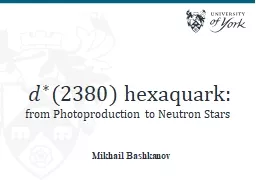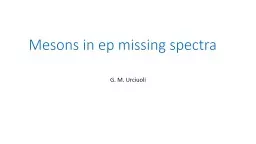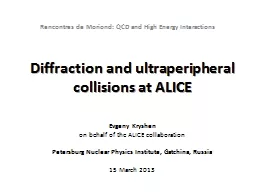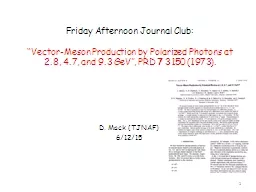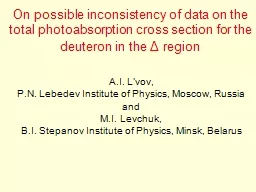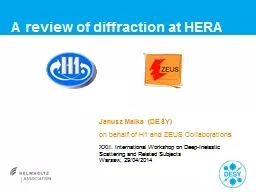PPT-hexaquark : from Photoproduction
Author : welnews | Published Date : 2020-06-25
to Neutron Stars Mikhail Bashkanov Well known friends Meson Baryon 2 Prospective Newbies Tetra quark Penta quark Hexa quark 3 Multiquark vs Molecule Tetra
Presentation Embed Code
Download Presentation
Download Presentation The PPT/PDF document "hexaquark : from Photoproduction" is the property of its rightful owner. Permission is granted to download and print the materials on this website for personal, non-commercial use only, and to display it on your personal computer provided you do not modify the materials and that you retain all copyright notices contained in the materials. By downloading content from our website, you accept the terms of this agreement.
hexaquark : from Photoproduction: Transcript
Download Rules Of Document
"hexaquark : from Photoproduction"The content belongs to its owner. You may download and print it for personal use, without modification, and keep all copyright notices. By downloading, you agree to these terms.
Related Documents

